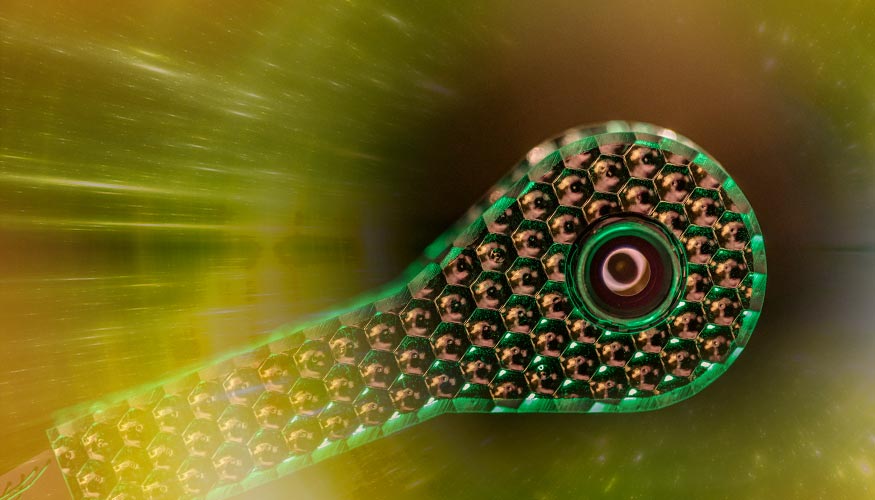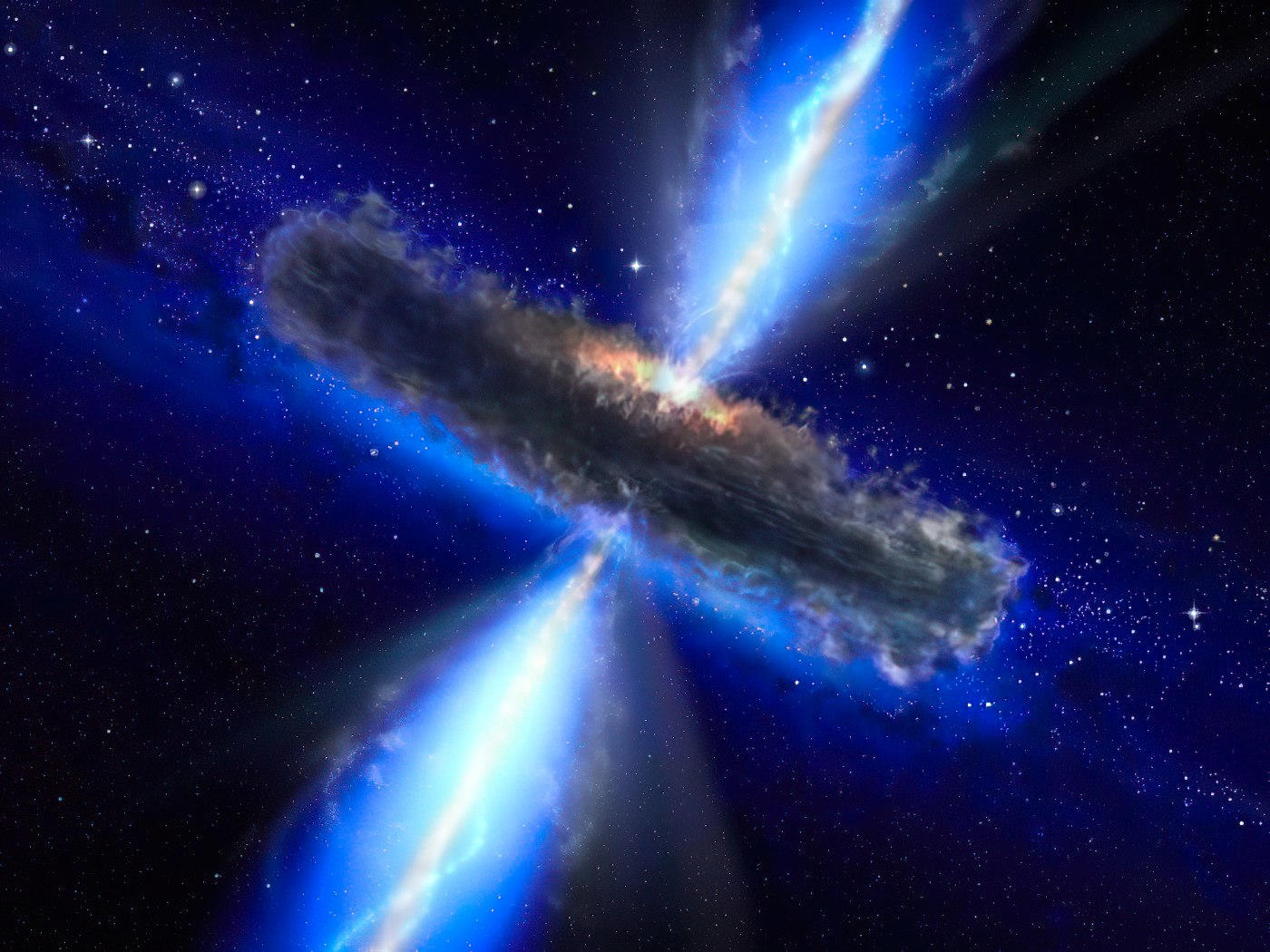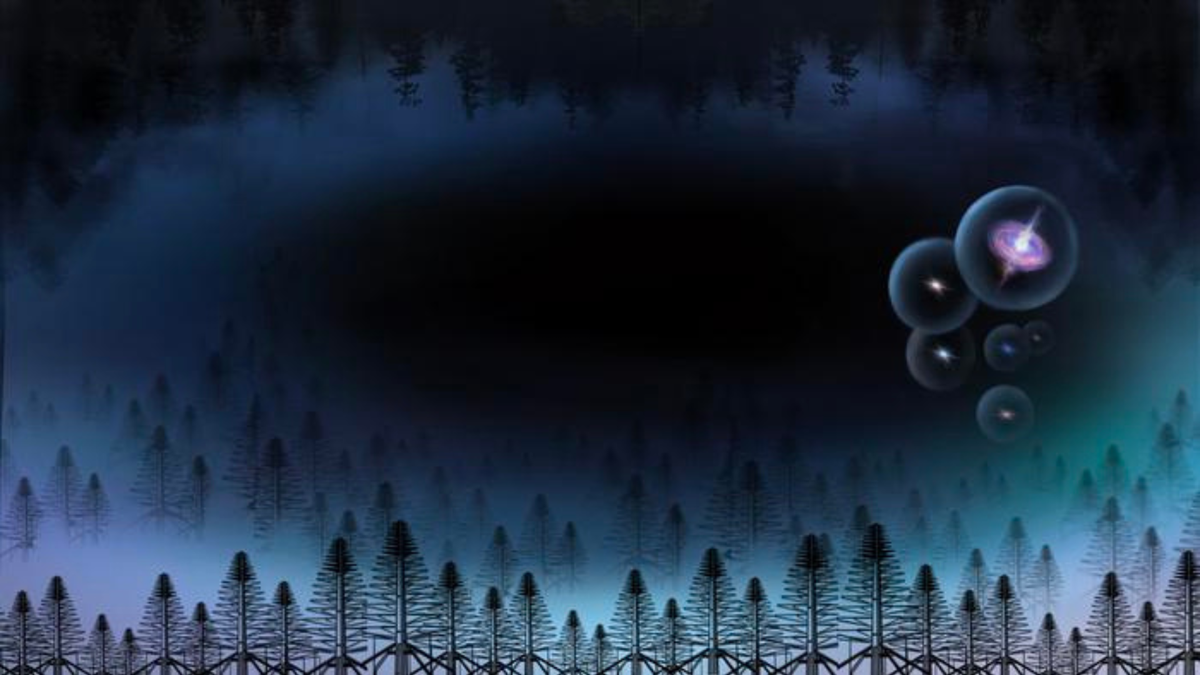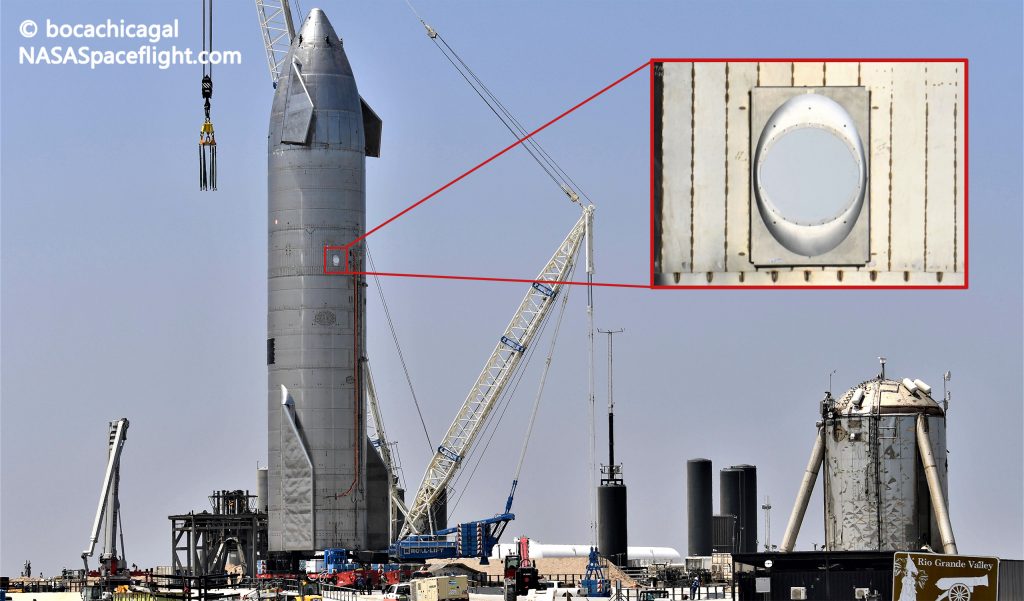
À l’occasion du premier anniversaire de l’obtention d’un rendement de plus de 1,3 mégajoules au National Ignition Facility du LLNL, les résultats scientifiques de cette expérience standard ont été publiés dans trois articles évalués par des pairs : un dans Physical Review Letters et deux dans Physical Review E. image stylisée montre une cible cryogénique utilisée dans les expériences de fusion inertielle pour localiser les enregistrements. Crédit : James Wickboldt/LLNL
Après des décennies de recherche sur la fusion par confinement inertiel, le rendement de plus de 1,3 mégajoules (MJ) Atteint pour la première fois le 8 août 2021. Les scientifiques du Lawrence Livermore National Laboratory (LLNL) ont placé le National Ignition Facility (NIF) au seuil de l’acquisition par fusion et de l’allumage scientifique.
À l’occasion du premier anniversaire de cette réalisation historique, les résultats scientifiques de cette expérience de référence ont été publiés dans trois articles scientifiques évalués par des pairs. Un article a été publié dans messages d’examen physique et deux dans examen physique. dans le messages d’examen physique Research, plus de 1 000 auteurs sont inclus pour identifier et apprécier les nombreuses personnes qui ont travaillé pendant de nombreuses décennies pour permettre cette avancée majeure.
« Le record a été une avancée scientifique majeure dans la recherche sur la fusion, ce qui prouve que l’allumage par fusion in vitro est possible dans le NIF », a déclaré Omar Hurrican, scientifique en chef du programme de fusion par autoconfinement du LLNL. « Réaliser les conditions d’allumage est un objectif de longue date de toutes les recherches sur la fusion par autoconfinement, et cela permet d’accéder à un nouveau régime expérimental où l’auto-échauffement des particules alpha surpasse tous les mécanismes de refroidissement par fusion.[{ » attribute= » »>plasma.”
The results from August 8, 2021, are described in detail in the papers. They also include the associated design, improvements, and experimental measurements. LLNL physicist Alex Zylstra, lead experimentalist and first author of the experimental Physical Review E paper, noted that in 2020 and early 2021 the Lab conducted experiments in the “burning plasma” regime for the first time. These set the stage for the record shot.
“From that design, we made several improvements to get to the August 8, 2021, shot,” he said. “Improvements to the physics design and quality of target all helped lead to the success of the August shot, which is discussed in the Physical Review E papers.”
This experiment incorporated a few important changes, including an improved target design. “Reducing the coasting-time with more efficient hohlraums compared to prior experiments was key in moving between the burning plasma and ignition regimes,” said LLNL physicist Annie Kritcher, lead designer and first author of the design Physical Review E paper. “The other main changes were improved capsule quality and a smaller fuel fill tube.”
Since the experiment last August, the researchers have been executing a series of experiments to attempt to repeat the performance and to understand the experimental sensitivities in this new regime.
“Many variables can impact each experiment,” Kritcher said. “The 192 laser beams do not perform exactly the same from shot to shot, the quality of targets varies and the ice layer grows at differing roughness on each target. These experiments provided an opportunity to test and understand the inherent variability in this new, sensitive experimental regime.”
Although the repeat attempts have not reached the same level of fusion yield as the August 2021 experiment, all of them demonstrated capsule gain greater than unity. They have had yields in the 430-700 kJ range, which are significantly higher than the previous highest yield of 170 kJ from February 2021. The data gained from these and other experiments are providing crucial clues as to what went right and what changes are needed in order to not only repeat that experiment but also exceed its performance in the future. The scientists are also utilizing the experimental data to increase understanding of the fundamental processes of fusion ignition and burn. They’re also working to enhance simulation tools in support of stockpile stewardship.
Looking ahead, the research team is working to leverage the accumulated experimental data and simulations to move toward a more robust regime – further beyond the ignition cliff – where general trends found in this new experimental regime can be better separated from variability in targets and laser performance.
Efforts to increase fusion performance and robustness are underway via improvements to the laser and improvements to the targets. Additionally, they’re working on modifications to the design that further improve energy delivery to the hotspot while maintaining or even increasing the hot-spot pressure. This includes improving the compression of the fusion fuel, increasing the amount of fuel, and other avenues.
“It is extremely exciting to have an ‘existence proof’ of ignition in the lab,” Hurricane said. “We’re operating in a regime that no researchers have accessed since the end of nuclear testing, and it’s an incredible opportunity to expand our knowledge as we continue to make progress.”
References:
“Lawson Criterion for Ignition Exceeded in an Inertial Fusion Experiment” by H. Abu-Shawareb et al. (Indirect Drive ICF Collaboration), 8 August 2022, Physical Review Letters.
DOI: 10.1103/PhysRevLett.129.075001
“Experimental achievement and signatures of ignition at the National Ignition Facility” by A. B. Zylstra et al., 8 August 2022, Physical Review E.
DOI: 10.1103/PhysRevE.106.025202
“Design of an inertial fusion experiment exceeding the Lawson criterion for ignition” by A. L. Kritcher et al., 8 August 2022, Physical Review E.
DOI: 10.1103/PhysRevE.106.025201







![Les bundles PS5 et Xbox Series X sont disponibles sur GameStop [UPDATE: Sold Out]](https://cdn.vox-cdn.com/thumbor/TRNOGkwP-9WJo6OJdB0e-EeFdk8=/0x146:2040x1214/fit-in/1200x630/cdn.vox-cdn.com/uploads/chorus_asset/file/21990372/vpavic_4261_20201023_0068.jpg)